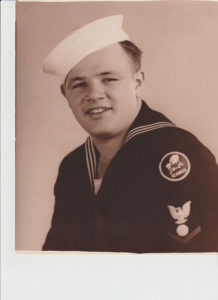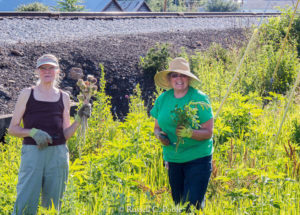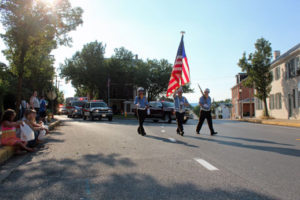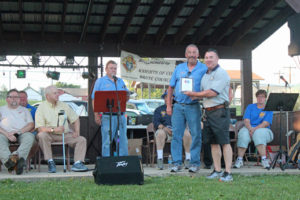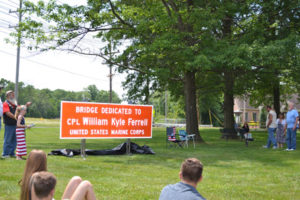Catoctin High School Class of 2017 Safe and Sane recently held their first Dining for Dollars fundraiser at Roy Rogers in Thurmont. Their next Dining for Dollars fundraiser will be held on August 15, 2016, from 5:00-8:00 p.m., at the Chipotle Mexican Grill, located at 7820 Wormans Mill Road in Frederick, and then again at Roy Rogers in Thurmont on Saturday, September 24, 2016.

Senior Cole Mercer dresses up as Roy Rogers to greet customers at the Catoctin High School 2017 Safe and Sane’s Dining for Dollars fundraiser.

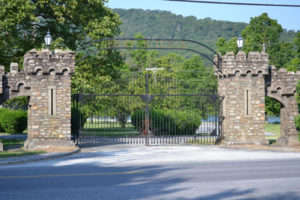 Many residents of the historic Fort Ritchie and the surrounding town of Cascade, Maryland, are concerned regarding the manner in which Washington County government’s redevelopment plan for the retired military base was communicated to current residents. The redevelopment plan requires existing buildings at Fort Ritchie to be torn down to make room for a new mixed-use development called Cascade Town Centre. The development is intended to bring new residents and businesses to Cascade.
Many residents of the historic Fort Ritchie and the surrounding town of Cascade, Maryland, are concerned regarding the manner in which Washington County government’s redevelopment plan for the retired military base was communicated to current residents. The redevelopment plan requires existing buildings at Fort Ritchie to be torn down to make room for a new mixed-use development called Cascade Town Centre. The development is intended to bring new residents and businesses to Cascade.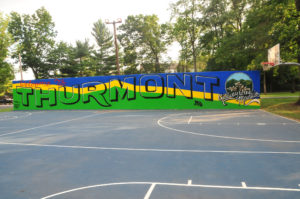 Early Tuesday morning, July 12, 2016, a line of tour buses pulled into Thurmont’s Community Park. About 250 rock musicians and roadies spilled out of the buses, stretched, and got ready to work.
Early Tuesday morning, July 12, 2016, a line of tour buses pulled into Thurmont’s Community Park. About 250 rock musicians and roadies spilled out of the buses, stretched, and got ready to work.


 On June 18, 2016, the Sons of the American Legion (SAL) Post 239 in Cascade held their spring Gun and Cash Bash on the grounds of Fort Ritchie.
On June 18, 2016, the Sons of the American Legion (SAL) Post 239 in Cascade held their spring Gun and Cash Bash on the grounds of Fort Ritchie.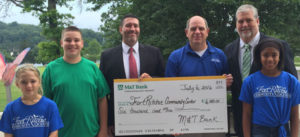

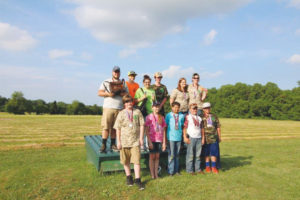

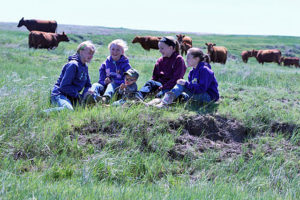
 Earlier this year, I mentioned that Randy and I had begun a gardening project. I said that I’d report back later in the summer and let you know how our garden was growing; I will do that shortly, but I need to explain some things first.
Earlier this year, I mentioned that Randy and I had begun a gardening project. I said that I’d report back later in the summer and let you know how our garden was growing; I will do that shortly, but I need to explain some things first.